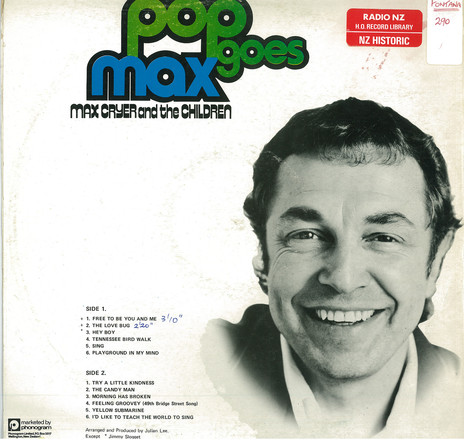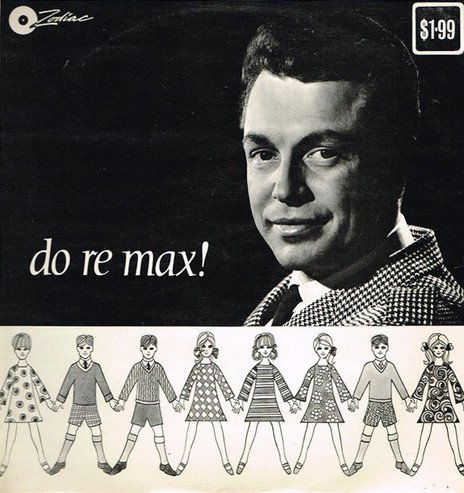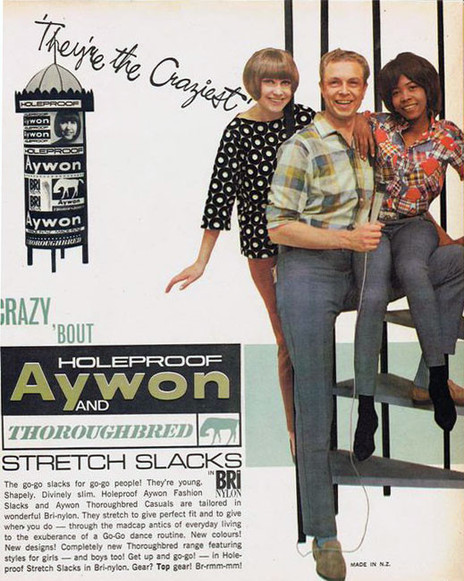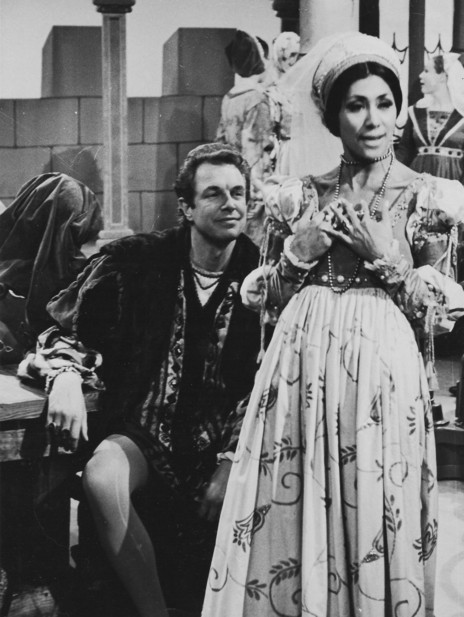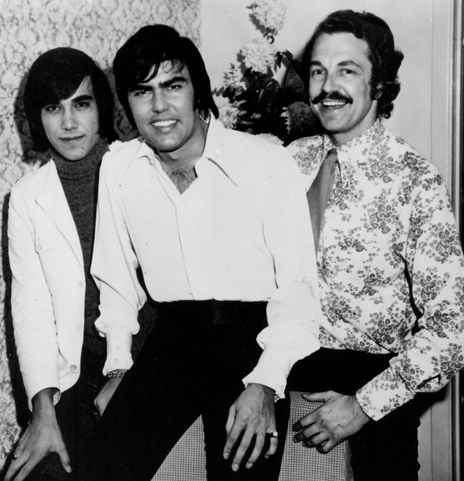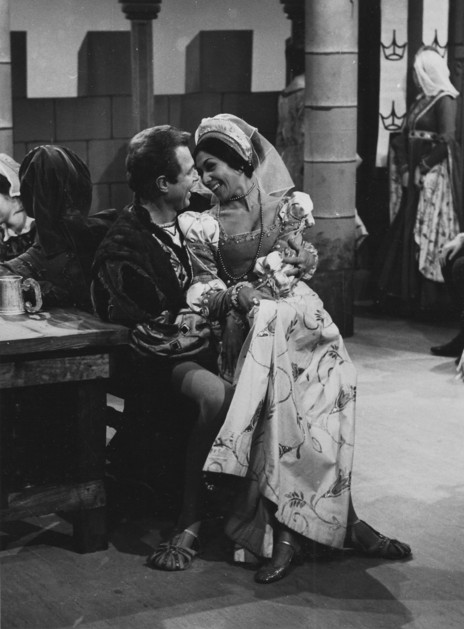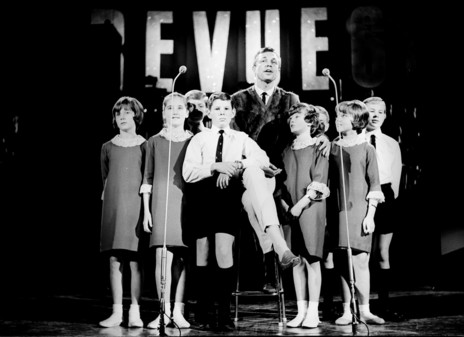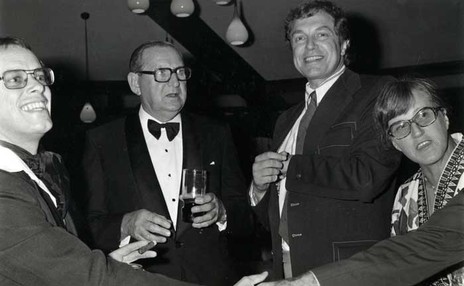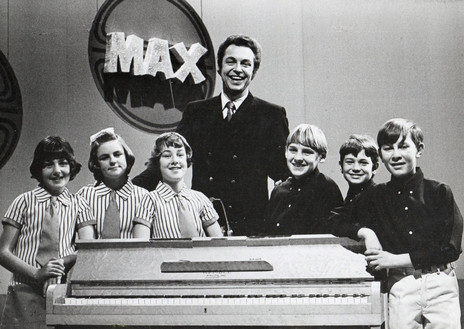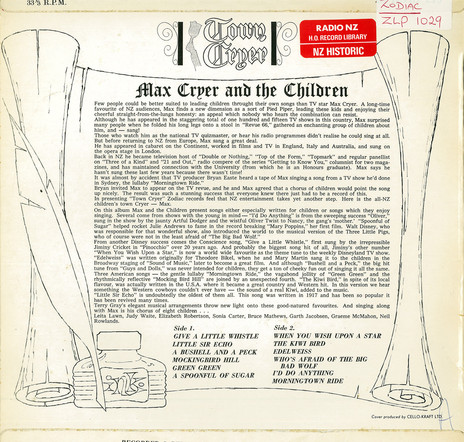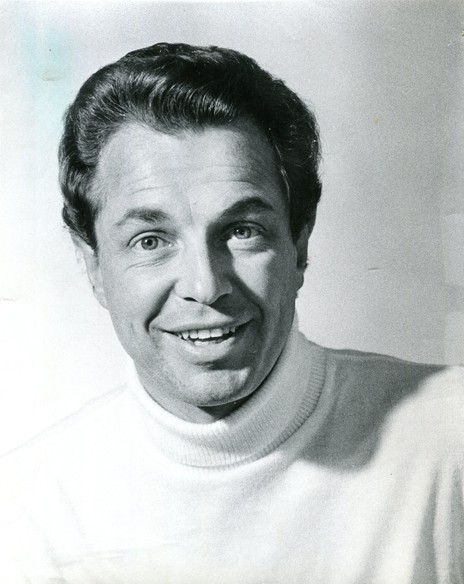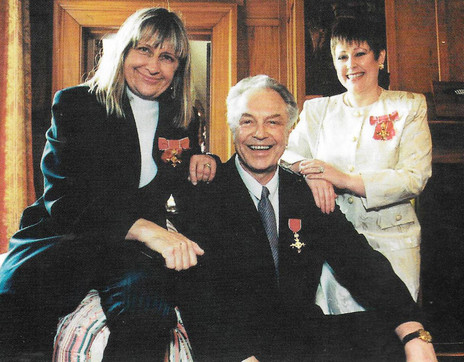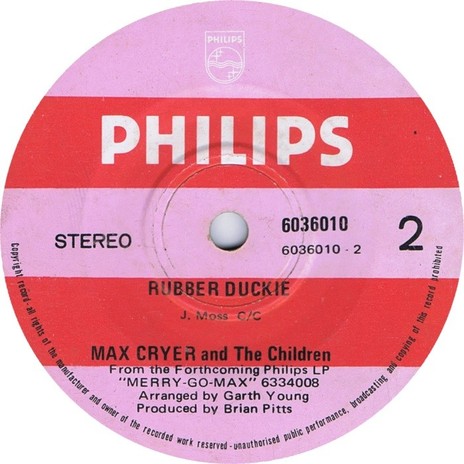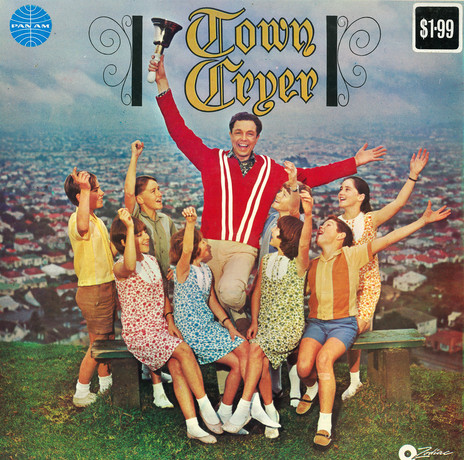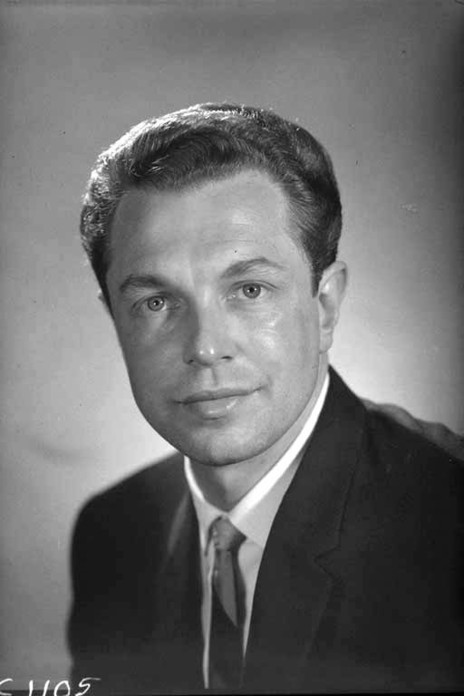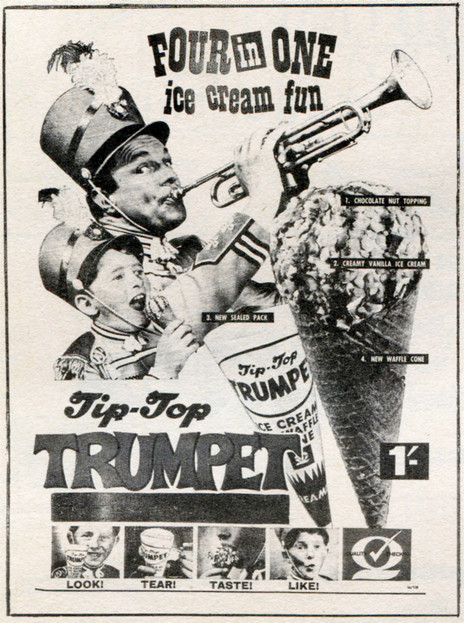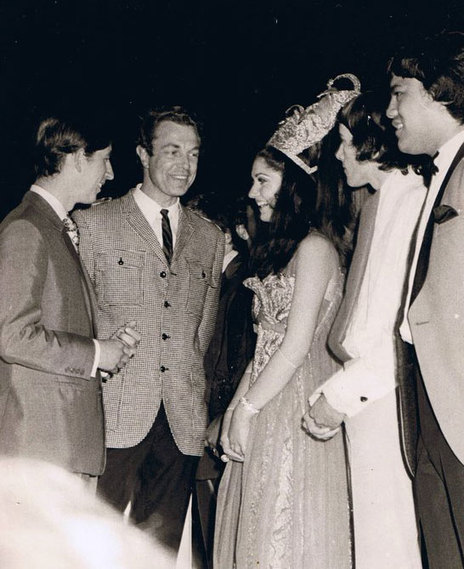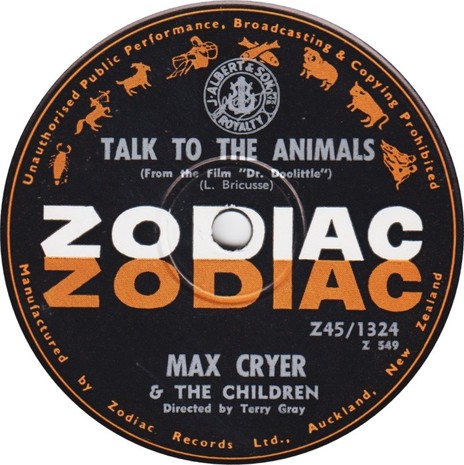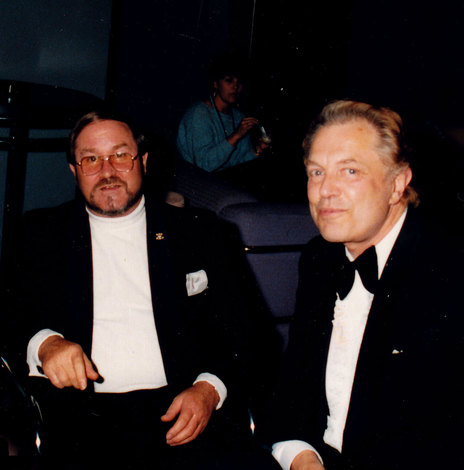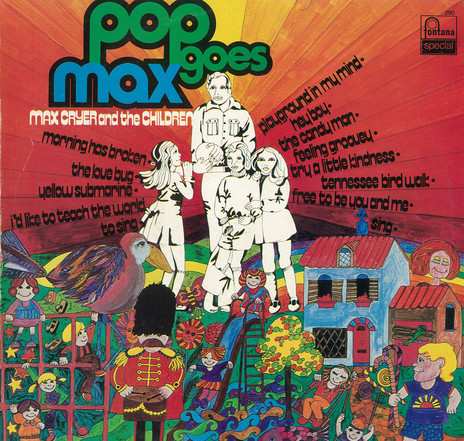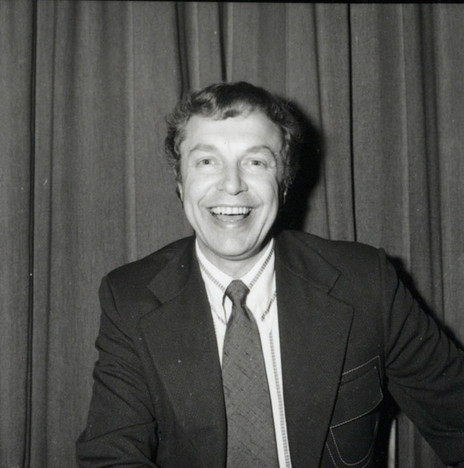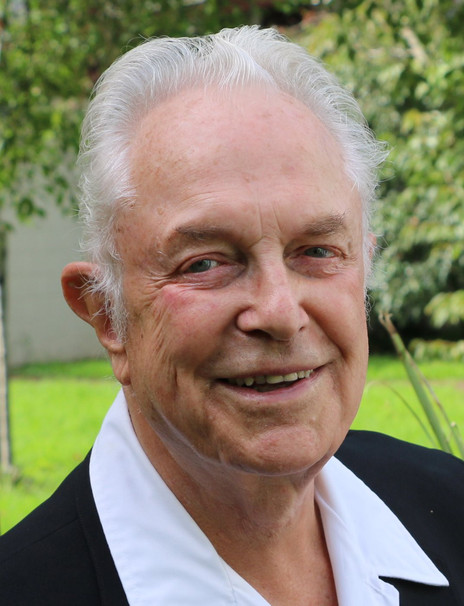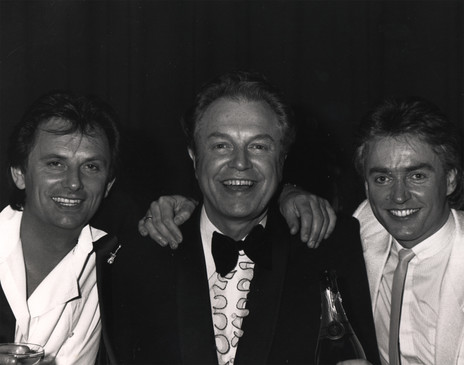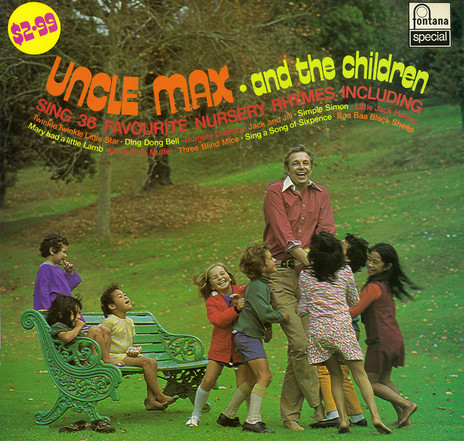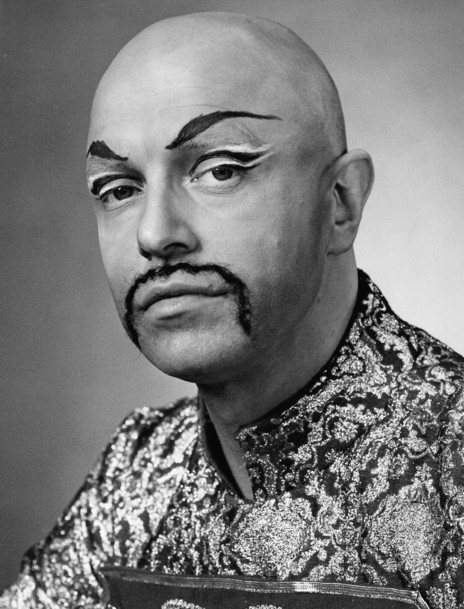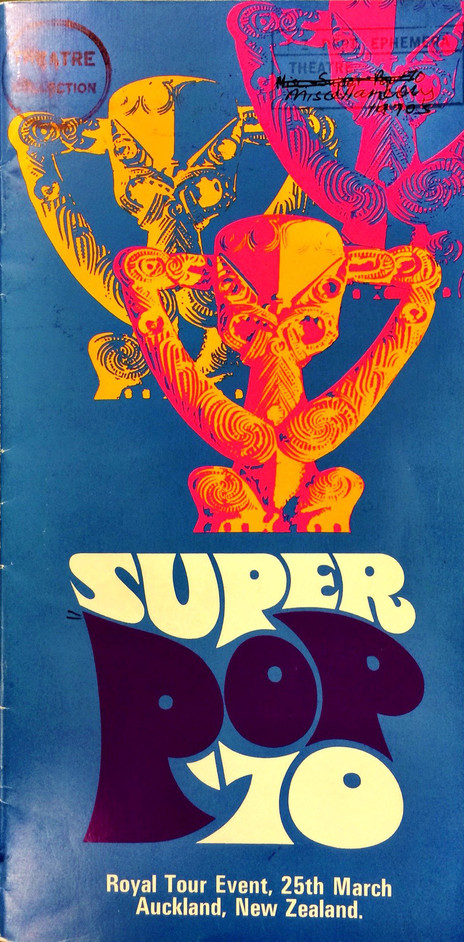It helped that Cryer had the gift of perfect pitch: if a piano key was struck he could instantly name the note. His next break came in a manner related to that. After he appeared on a television show in Italy, Cryer was contacted by a visiting UK conductor who was casting a new production – an operatic version of the play Volpone at Sadler’s Wells Theatre, London – and was seeking a high tenor with reliable pitch who could cope with the difficult music. Cryer was offered the role of leader of an eccentric trio of medieval magistrates. Later came appearances in Wigmore Hall and for the BBC. And although he was later soloist in some oratorios, he gradually moved away from serious opera, preferring theatre musicals.
Life is a Cabaret
In New Zealand, Cryer initially began performing by accompanying himself on piano and interspersing his act with a bit of comedy. Yet with the growing popularity of cabaret-restaurants, he gradually he moved away from the piano into the area of stand-up entertaining/singing. The Auckland cabaret scene had been brought to life by venues run by Bob Sell, including The Colony and La Boheme. While the teenagers attended afternoon and early evening rock’n’roll shows, adults seeking more sophisticated entertainment would stay out until the early hours of the morning and watch floorshows that blended music, comedy and sometimes even high-kicking dancers.
Cryer’s work ethic soon led to offers of shows throughout the country, booked for him initially by singer-turned-agent Mary Throll and later through legendary promoter Phil Warren. He recalls one show at Manhattan on Dominion Road, where he was performing alongside experienced singer Pat McMinn, whose career started in the early 40s. He noted how casually she chatted with the band, but was able to instantly draw the attention of everyone in the room the moment she began to sing. It struck him that this was the difference between being just a singer and a real entertainer who could hold a crowd’s attention. Over the years that followed, Cryer himself developed this talent by using his quick wit and way with words to connect with his audience.
Cryer’s shows as a cabaret performer took him throughout New Zealand.
His shows as a cabaret performer took him throughout New Zealand and he would turn up to each engagement in the afternoon with a selection of music charts which he would give to the band he was performing with (usually three to four local musicians). They would then have a couple of hours to practise before the set was ready to perform. He found that this way of working could sometimes throw up interesting challenges.
“It wasn’t always straightforward. One venue I was booked in, down country, had a band who couldn’t read music and couldn’t speak English, which doesn’t make for a comfortable performance. Another venue I recall was proud that it could turn out all its lights leaving on just one lamp to shine on the performer. A minor difficulty they hadn’t realised was that the microphone cord wasn’t long enough to reach the place on the floor which was lit … But the Beefeater Arms in Wellington was city-sophisticated, and The Skyline in Queenstown truly exciting – so high on a mountain you had to enter in an upwards cable car, and the singer stood on a platform inches away from a huge backing window showing spectacular views.”
Max and The Children
In the meantime, Cryer was also developing a name for himself as a guest on television shows, though at first it was for his conversational skills rather than his singing. Altogether, he hosted eight different television series. But his first television appearance as a singer in the Southern Hemisphere was actually in Sydney when he guested on the Don Lane show and sang a duet with the host. The NZBC heard about this performance and asked Max to appear in a large music variety show that was being staged for television in the Auckland Town Hall. At the time, Max had been chorus master for the New Zealand tour of The Sound Of Music, so he gathered a group of children and, along with a 40-piece orchestra, they performed the complex song ‘Do-Re-Mi’ from the show. Cryer wasn’t expecting the runaway success that followed.
“The Town Hall concert was seen throughout New Zealand and suddenly everyone wanted to know. We were hired by big department stores, shopping malls, beach carnivals, movie premieres and TV shows. Of course as time moved, the children grew up and were gradually replaced. But each and every one of them was a cheerful singer, lively but well-behaved not precocious, and never nervous. Over time, we recorded nine albums with hardly ever a studio second take. The children learned their stuff, stood and delivered it spot on, and got on well with the technicians. We didn’t always sing ‘children’s songs’, there were ‘appropriate’ popular songs which the kids loved – ‘Candy Man’, ‘The Happy Wanderer’, ‘Chitty Chitty Bang Bang’, ‘Poppa Piccolino’, ‘Zip-a-Dee-Doo-Dah’, ‘The Ballad of Captain Cook’. Furthermore our recordings were with top-rank musos and arrangers – Terry Gray, Jimmie Sloggett, Crombie Murdoch, Bernie Allen, Julian Lee, to name but a few.”
This success also led, from 1966, to five years of Max starring in the Do Re Max TV series with singing children, though the youth of his co-stars did make it difficult when offers flooded in for them to appear throughout the country. Cryer would tour with a smaller group of them to shows in the North Island, but it was arranged for local children to create new singing groups to perform in centres further afield, such as Christchurch and Dunedin.
In addition to the shows with children, Cryer made frequent television appearances. New Zealand television was originally broadcast in four separate areas – Auckland, Wellington, Christchurch and Dunedin. In 1968, the evening of the Loxene Golden Disc Music Awards was to be the first time that the four regions could link up and all show the same thing live. As MC opening the show, Cryer was the first person seen and heard on live television throughout the whole country, to all viewers in both islands.
In 1970 he produced the Superpop concert in Auckland to entertain Prince Charles and Princess Anne.
Two years later, for the 1970 royal tour, Cryer was appointed producer of the Superpop concert at Western Springs, Auckland, to entertain Prince Charles and Princess Anne. He assembled many of New Zealand’s top pop acts of the time: among the 91 performers taking part were Corben Simpson, Bunny Walters, Reg Ruka, and The Chicks.
The US touring circuit
The next step in Cryer’s music career came through an unexpected happening. While in California, he visited his old friend Ray Columbus, who was living there at the time. The pair had worked together previously, notably for their 1969 ventriloquist-and-puppet sequence on Columbus’s show, A Girl To Watch Music By. Columbus had been invited to appear on a US TV show but the producers were looking for an unmarried man, so he reluctantly had to decline the offer, but told them that his friend Max Cryer from New Zealand was in town, and was experienced in all aspects of TV.
This led to Cryer appearing on the hugely popular The Dating Game where a young woman had to choose a partner for a date by questioning three men concealed from her by a partition. Max didn’t know that the man sitting next to him was America’s most famous sporting star at the time, Joe Namath: “an American celebrity with a ranking of Ritchie McCaw, Dan Carter and Beauden Barrett, all rolled into one.” The audience could see the young woman and, behind their partition, the three men. She chose Cryer, which caused the audience to let out a shocked gasp. He recalls that the show’s host came forward with a “kind of glazed look on his face, and went through the routine of introducing me to the audience in a kind of trance. Clearly, everyone had been expecting Joe Namath to be the young lady’s chosen date.”
The next day a Hollywood agent contacted Cryer asking if he was the one who succeeded over Namath on The Dating Game. He knew his background as an entertainer and thought his current notoriety (“the man who beat Joe Namath”’) could be capitalised on. The outcome was seven long tours of the United States over several years, as a cabaret performer. This included shows in San Francisco, New York, Miami, Las Vegas – in 1971, at the same time as John Rowles and Frankie Stevens – and everywhere in between.
One stumbling block Cryer faced in the US was local ignorance about New Zealand. He recalls being on a big US television show where he was correctly introduced as “from New Zealand” but as he appeared at the top of the studio stairs and stepped down, the band broke into ‘Waltzing Matilda’. Cryer realised he would just have to pretend it hadn’t happened. “There’s nothing you can do – they just don’t know.”
For his role in ‘The King and I’ his head was shaved bald.
One of his largest US shows was in front of 5000 attendees at the Chicago Airstream rally, where luxury motorhome enthusiasts gather every couple of years. The crowd enjoyed his performance and yelled for an encore. At the time, Cryer was also performing onstage in The King and I and his head was shaved bald for the role as the King of Siam, so a discreet wig was necessary for other performances. When he went back on stage in Chicago, to sing ‘When I’m 64’, after delivering the first line – “When I grow older, losing my hair …” – he whipped off the wig to reveal his bald head. The audience burst into rapturous laughter and applause.
Back in New Zealand, he continued as a cabaret entertainer and was support act for Shirley Bassey when she toured here. His other onstage work also continued, including appearing onstage in New Zealand as Henry Higgins in My Fair Lady, Pontius Pilate in the rock opera Man of Sorrows, Prince Danilo in The Merry Widow with June Bronhill, and the Count of Orlovsky in Die Fledermaus with Dame Malvina Major.
The entertainer performs on
Cryer’s hard work in the early 1970s was rewarded when he was named New Zealand’s Entertainer of the Year in 1973. The following year, his Entertainer of the Year television special was the first entertainment programme in New Zealand to be transmitted in colour. In 1976, Max hosted New Zealand’s only live talk variety show, Town Cryer, and he was honoured with the New Zealand Variety Artists Club’s prestigious Benny award as Variety Artist of the Year in 1977.
His work in other areas included being a judge for the NZ Book Awards, chairman of the Oxford Union debates, and working as a television producer at TVNZ (he produced nine years of television shows, including ninety episodes of Mastermind starring Peter Sinclair). In 1988, the New Zealand Government co-opted him from TVNZ to organise and produce all the entertainment for the New Zealand pavilion of the World Expo in Brisbane, and then again for the 1992 World Expo in Spain.
By 2018 his radio segment ‘Curious Questions’ had been broadcast for 22 years.
Cryer – who graduated with an honours degree in literature and etymology at the Universtity of Auckland – has had 15 books published in New Zealand, Britain and the US, and has topped the New Zealand non-fiction best-seller list three times. By 2018 his radio segment “Curious Questions” – initially on RNZ National, and from 2006 on Radio Live – had been broadcast for an unbroken run of 22 years.
Cryer was awarded an MBE in 1995 and music has been an important element among the creative talents that gained him this honour. He died suddenly on 25 August 2021; he was 86.
